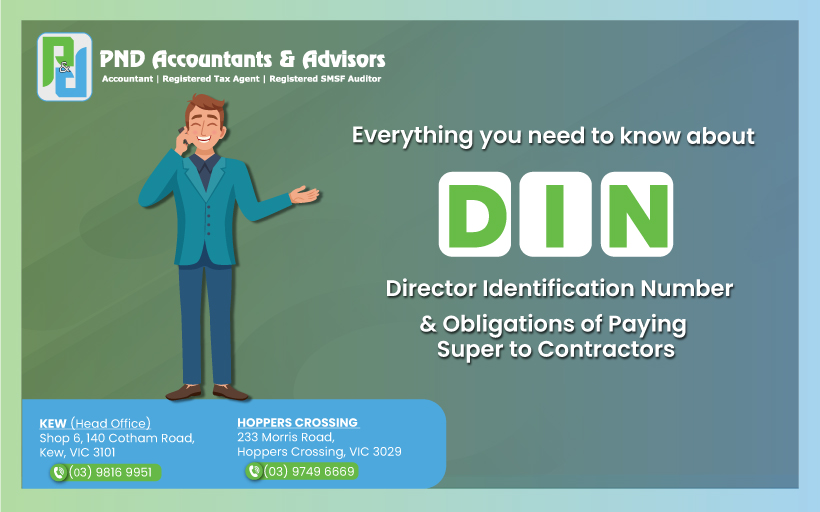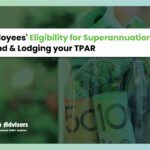The Modernising Business Registers (MBR) program by the Australian Taxation Office has incorporated the Australian Registry Business Services (ABRS), responsible for facilitating the Director Identification Number (DIN) initiative. This ensures that the information disclosed by business organizations is credible and trustworthy. It applies from November 2021 to every Director of a company.
What is a Company?
“A company is defined as a legal entity, where an association of people comes together to achieve a common goal.” The identity of the company is separate from its owner(s). They may appoint a Board of Directors to manage the day-to-day operations and take crucial decisions in the company’s best interests.
What is the Director Identification Number?
The DIN is a permanent 15-digit unique number used to identify an individual as a director of an Australian company, registered Australian body, or Australian registered foreign company. A person holds the same Director Identification Number even if they change a company, stop being a Director, or move overseas. Once the DIN is allotted to a director, it holds a lifetime validity, ensuring that accurate records can be maintained of the various companies in which the individual has acted as a director.
Individuals need to apply for Director Identification Number themselves to verify their identity. Nobody else can do it on their behalf. It is mandatory to apply for DIN, and failure to do so may result in an infringement notice or civil/criminal prosecution. You can apply for a director ID at abrs.gov.au/DirectorID.
When should you apply for Director Identification Number?
| The date on which the individual becomes a director | Application deadline |
| On or before 31 October 2021 | By 30 November 2022 |
| Between 1 November 2021 – 4 April 2022 | Within 28 days of their appointment |
| From 5 April 2022 onwards | Before their appointment |
Paying Superannuation to Contractors
If your organization engages individual contractors for work, they can be considered your ’employees,’ which might affect your obligations for superannuation payments. Typically, if you pay your contractors under a contract primarily for labor, you have to pay superannuation contributions for them. This holds even if the contractor operates under their own business with their own Australian Business Number (ABN). These contractors are considered your employees for Super Guarantee purposes.
A contract can be classified principally for labor if:-
1) More than 50% of the contract is for the person’s labor, whether it is physical labor, mental effort, or artistic effort.
2) The work is done personally, without any delegation.
3) The remuneration is calculated based on hours worked rather than achieving any specified result.
Once it is established that the person is ‘an employee, for the purposes of the Superannuation, you are required to provide super contribution for them.
How much to pay for Super contributions?
The organization must pay the minimum Super Guarantee percentage of the contractor’s base earnings, which is the labor part of the contract. The components not to be included in the SG calculations are:
- Any payments to cover materials or equipment
- Overtime rates
- GST
If it is not feasible to work out the labor part of the contract, the Australian Taxation Office (ATO) will accept the market value for calculation purposes.
What Happens if You Do Not Pay Superannuation?
You are required to deposit the minimum contribution requirement every quarter into the nominated super fund. Failure to do so may result in the organization getting fined with a Superannuation Guarantee Charge (SGC).
If you are confused about applying for a Director Identification Number (DIN) or unable to work out whether you are obliged to pay Superannuation to your contractors, PND Accountants and Advisors are here to help your organization comply with all the rules and regulations. We can manage your Accounting & Bookkeeping flawlessly.




